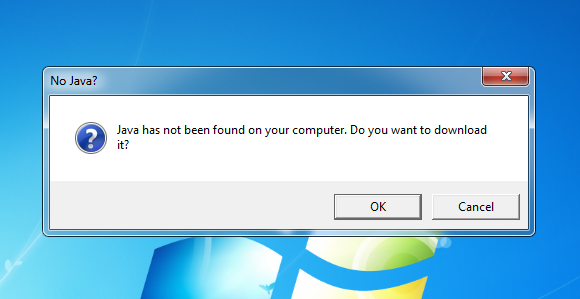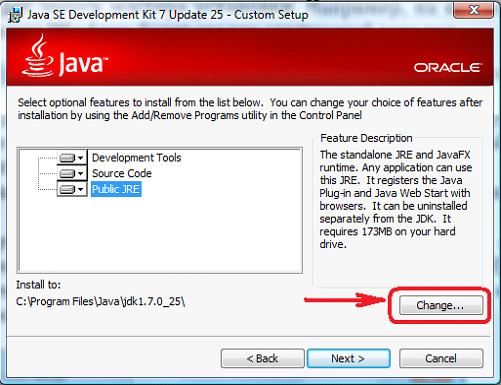

Open Control panel and select Programs and Features Uninstall ALL current versions of Java Visit the Java website, press Download Java and follow the prompts to install Java. Please let me know if you got issues so I can update this guide. These steps should remove all versions of Java to allow you to install the latest version. If you see something similar after typing the command with the version flag you’re good to go! 🙂 $ java -version openjdk 11.0.10 OpenJDK Runtime Environment (build 11.0.10+9) OpenJDK 64-Bit Server VM (build 11.0.10+9, mixed mode) macOS users can run the open source release of Java as well as newer frameworks for cloud-native development. sudo ln -sfn /Library/Java/JavaVirtualMachines/openjdk-11.jdk Step 5: Test If you skip this step the system won’t be able to find a java runtime for you to use. Step 1: Install Homebrew (if you haven’t done it already) $ /bin/bash -c “$(curl -fsSL )” Step 2: Update it (if you haven’t done it already) $ brew update Step 3: Install Java11 $ brew install java11 Step 4: Symlink it In macOS 10. If you want to write some Java code on your Mac, you will need the JDK to run your code.


I know there is a post with the exact same title but since it’s a little bit outdated I’d like to post a slightly adjusted version for the people who is googling a updated solution. The Java Development Kit (JDK) is essential for Java developers and contains the Java runtime environment as well as the Java compiler and other Java libraries. If you're asked whether you want to open it, of course you do click Open.Using HomeBrew to Install Java JDK11 on MacOS (2021) You will probably be prompted to enter your. The following will download the JDK release, unpack it and install it. You'll see an item named Eclipse if you like, drag its icon into the dock so that you'll be able to launch Eclipse easily. Lets install the latest release of Java 8. OSx as the requirement for CMPE150, CMPE160, etc. Open your Applications folder, and then open the eclipse folder. This document describes the steps for installing the Teaching.Codes plug-in for Eclipse on Mac. If you don't see Applications, then open a new window for Applications (from the Finder, command-shift-A), and drag the eclipse folder into Applications. When you open your Downloads folder, if you see Applications under the Favorites on the left side of the window, you should drag the eclipse folder into Applications. When that's done, you should see a folder named eclipse in your Downloads folder. You should not feel compelled to donate.Īfter the download completes, folders should automatically expand. If asked, click on "Open with Archive Utility (default)" and then click OK.


 0 kommentar(er)
0 kommentar(er)
